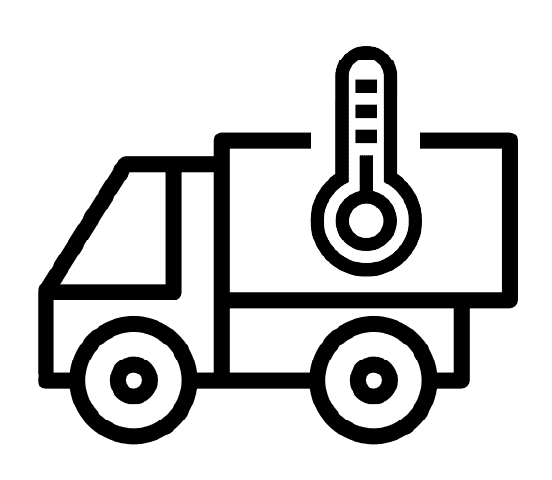RMDA offers first free deliversafe certification checklist for safe food handling and accountability guidelines earn seal of commitment
Restaurant Marketing and Delivery Association (RMDA) announced today its DeliverSafe Certification. The online program is free and available at (LINK). The intent behind this exclusive process is to educate all individuals on proper food handling from pickup, throughout transport and final drop off to customers. This will elevate the safety protocols already in place and to set standards across the country.“Restaurant and Lodging associations have always held restaurants and hotels to strict sanitation, food safety, and training guidelines, but the arrival of COVID-19 has made excellence in these areas more visible to the dining public,” said of RMDA. “RMDA would like to take this one step further as food leaves the establishment and serves the customer. This seal of commitment will give a sense of security to the customers and guarantee food is safe and meet the expected standards.”Each module runs about 10 minutes, so it’s easy for restaurant staffers or delivery drivers to view the training quickly during a shift.
Here are additional industry training classes to help employees up-skill to advance their reputations of employers and own careers.
RMDA offers first free deliversafe certification checklist for safe
food handling and accountability guidelines earn seal of commitment
Restaurant Marketing and Delivery Association (RMDA) announced today its DeliverSafe Certification. The online program is free and available at (LINK). The intent behind this exclusive process is to educate all individuals on proper food handling from pickup, throughout transport and final drop off to customers. This will elevate the safety protocols already in place and to set standards across the country.“Restaurant and Lodging associations have always held restaurants and hotels to strict sanitation, food safety, and training guidelines, but the arrival of COVID-19 has made excellence in these areas more visible to the dining public,” said of RMDA. “RMDA would like to take this one step further as food leaves the establishment and serves the customer. This seal of commitment will give a sense of security to the customers and guarantee food is safe and meet the expected standards.”Each module runs about 10 minutes, so it’s easy for restaurant staffers or delivery drivers to view the training quickly during a shift.
Here are additional industry training classes to help employees up-skill to advance their reputations of employers and own careers.



